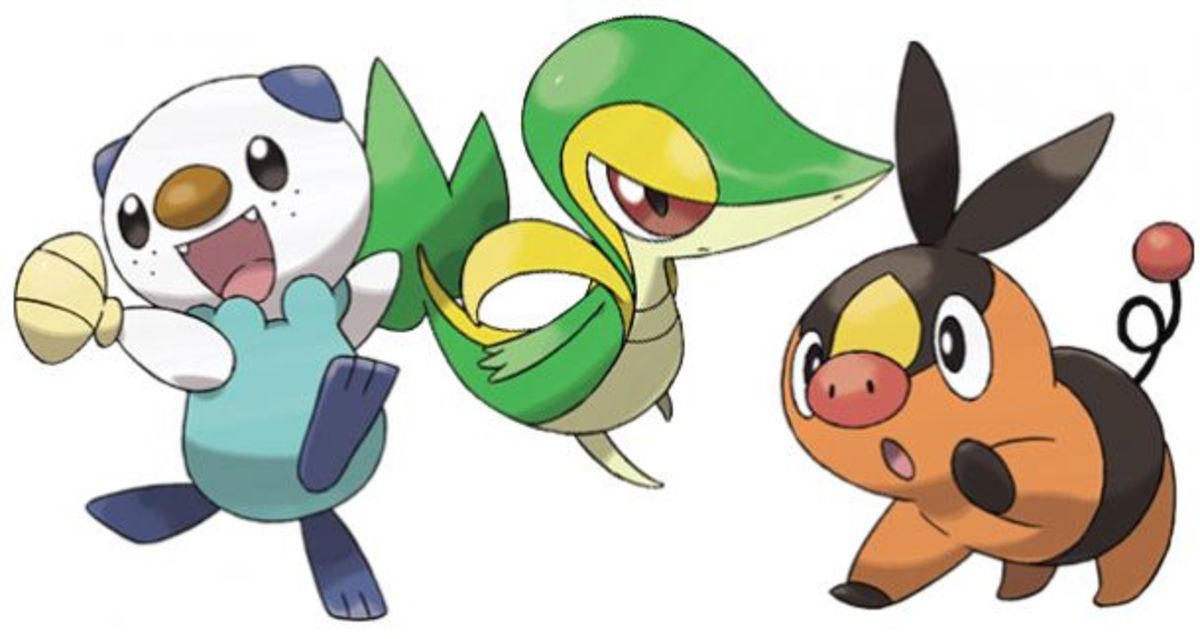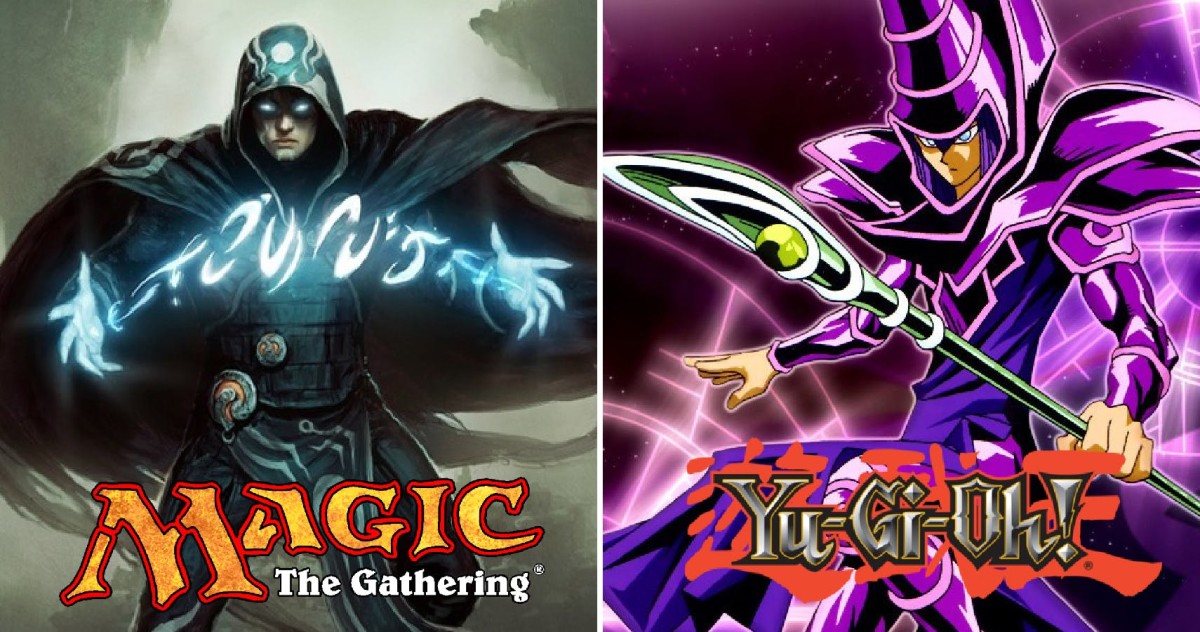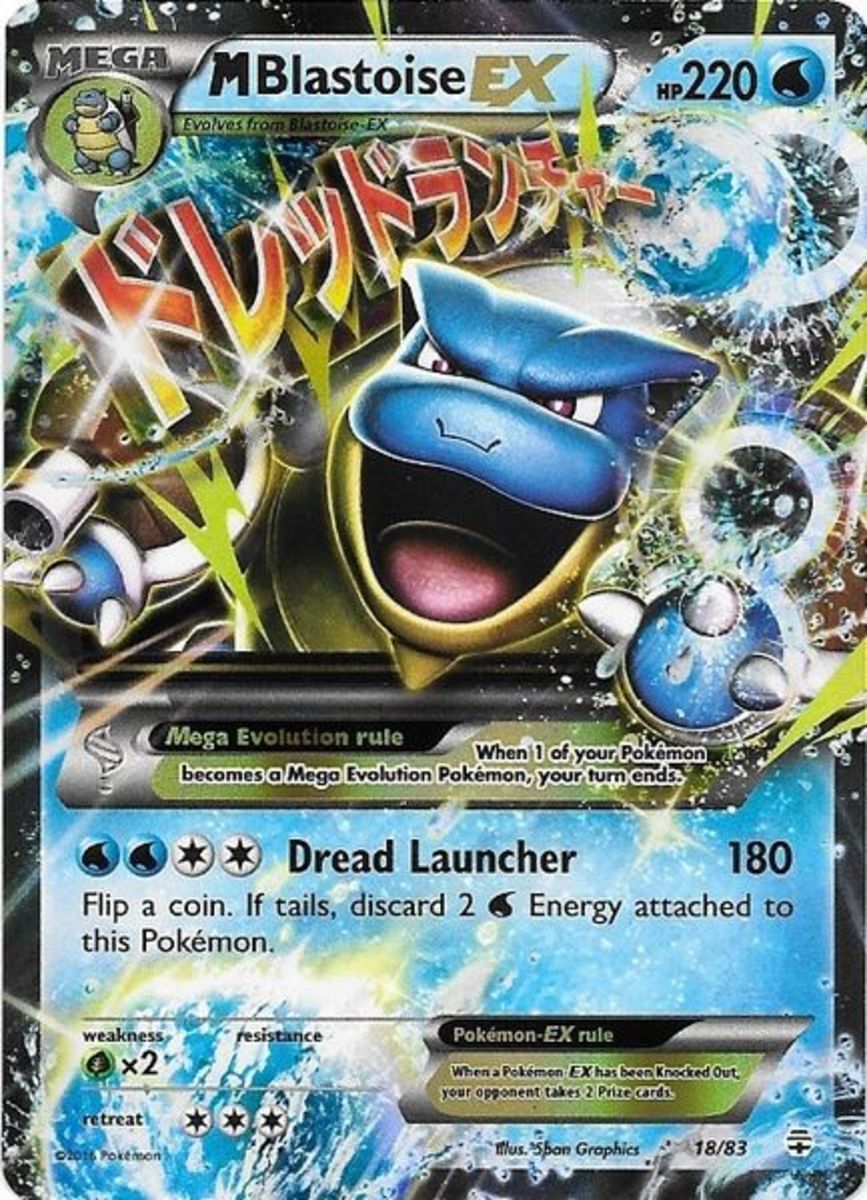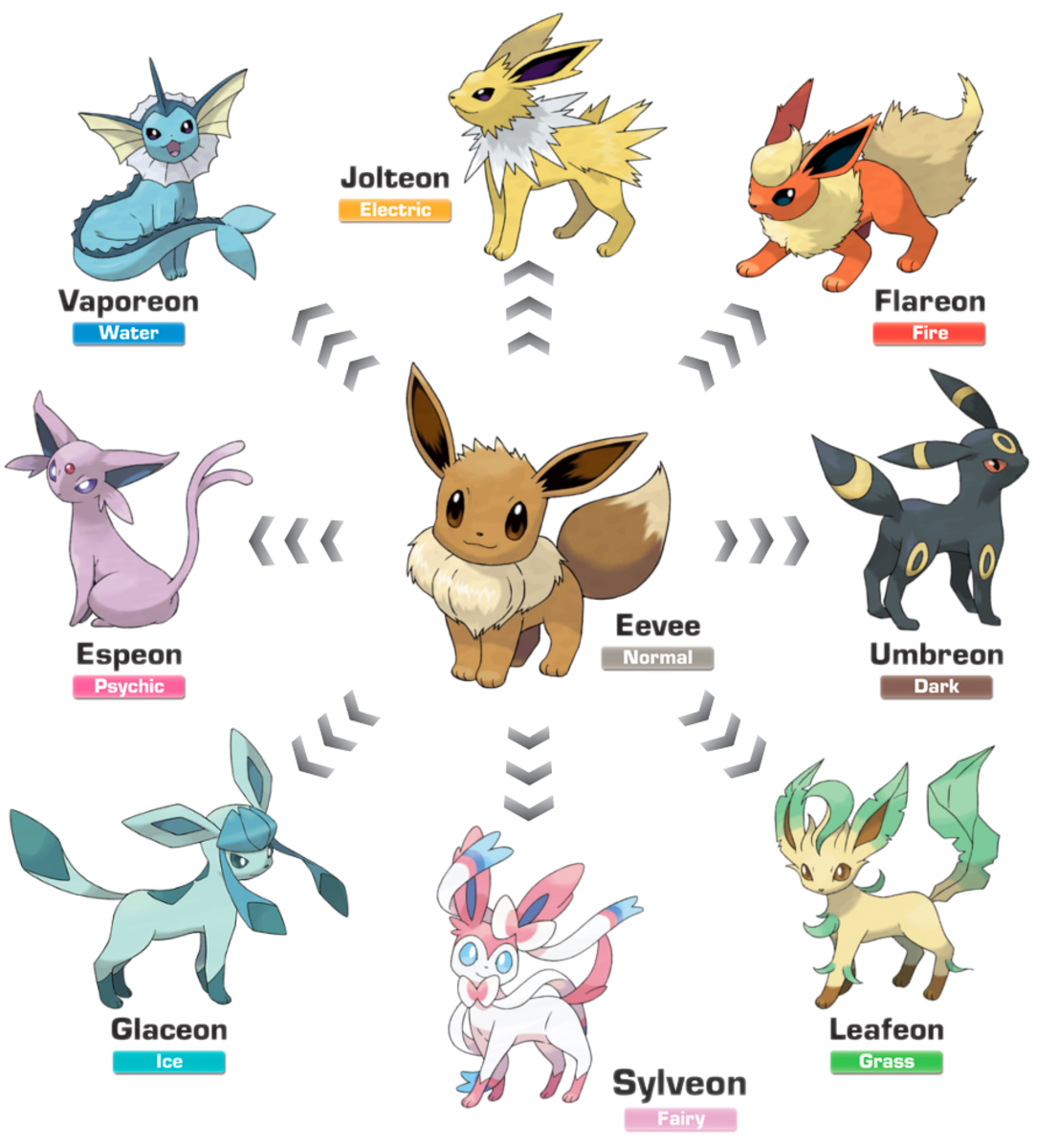- HubPages»
- Games, Toys, and Hobbies»
- Computer & Video Games»
- Roleplaying Video Games»
- Japanese Roleplaying Video Games
The Many Facets of Pokémon

More than Video Games
Pokémon, originally dubbed Pocket Monsters in Japan, first appeared on the video game scene in Japan in 1996 with the release of Pokemon Red and Green. With high success, the franchised was released in the U.S.A. in 1998. But Pokémon is more than just the video games, it encompasses a Trading Card Game, TV Series and Movies, Books and Manga, as well as various other toys and merchandise.
Trading Card Game
The Trading Card Game was first introduced in Japan in 1996 by Media Factory. The first contained a 102 cards. Like the video games, the trading card game made its way to the U.S.A in 1999 under the production of Wizards of the Coast. In 2003 The Pokémon Company International took over production. To this day the trading card game is an integral part of Pokémon's product line. Along with collectors buying packs in order to complete their sets, competitive players purchased packs in order to compete for scholarships, promo prizes and travel awards. Under the new Play! Points system and the launch of PCTGO, Pokémon's Online Trading Card Game system, Pokémon has enhanced the accessibility for new players to get into the game. Since September, when the 2013 gaming season began, over 5,000 people have participated in an event.
TV Series and Movies
To date, the Pokémon TV series has aired 4 complete seasons. First launched in 1997, the anime was based off the games. Red, the main character became Ash Ketchum, with his rival, Blue, becoming Gary Oak. Spanning from Ash's first step as a Pokemon trainer, to coverage of Ash's journey in Unova, the land introduced in Black and White, the series has captivated viewers young and old with its uplifting attitude.
Scheduled to air its 16th movie: Kyurem vs. The Sword of Justice on December 8, 2012, it is clear the popularity of Pokémon can keep viewers attention for more than 30 minutes.
Manga and Books
The original Pokémon manga was published in 1997 in Japan due to the success of the Anime series. This volume was based on The Electric Tale of Pikachu. Though this one did not become popular in the United States, the following manga named Pokemon Adventures, was. Pokémon Adventures is the longest running manga series for the company.
Along with the manga, there are various learn to read books, game walkthroughs, and hidden object books based on the series.
Other Pokémon Merchanidse
In 1998, The Pokémon Company opened its very first Pokémon Center in Tokyo. The Pokémon Center specialized in all Pokémon merchandise ranging from the games, stuffed animals, figurines, and posters. Since its first opening, Pokémon Centers have opened five other stores throughout Tokyo as well as having a reserved floor in the Nintendo World Store in New York City.
Can't Forget the Video Games
Since Pokémon first started with a video game, it would not be fair to talk about the company and leave this important product line out.
After Red and Blue Versions, which introduced players to the first 151 pokémon, there came Yellow version were a Pikachu would follow the main character like Ash in the TV Series. When you walked with Pikachu, you could turn around and see how friendly Pikachu was towards you. This first introduced the concept of a pokémon liking its trainer.
After Yellow came Gold and Silver, which took the player to a new region of Johto and introduced us to 100 new pokémon, categorized as Generation II pokémon. Day and night were included in the game, allowe different pokémon to be caught at different times. The concept of friendship was formally included, allowing certain pokémon to evolve when their friendship with the trainer reached a certain level. After the player defeated the pokémon league of Johto, they could travel back to Kanto of the first games and play that area again. Crystal became the 3rd game of generation II and became the first game of the series to allow the player to pick the main characters gender.
Generation III was introduced with Ruby and Silver and came with 135 new pokémon to catch. New to these games were the mechanic of double battles, where you used the first two pokémon in your party to battle against an opponent, pokémon contests which judge pokémon based on moves used. Also introduce were abilities and natures. These have become an integral part of the game, determining which battle stats increase, and a focus of breeding for the Video Game Competition. Remakes of Red and Blue were released as Firered and Leafgreen after Ruby and Silver and included all of the game improvements. Emerald was then released along with the new Battle Frontier.
Generation IV came with Diamond and Pearl and 107 new Pokémon on the Nintendo DS. Gender differences in pokémon were more visible and Pokémon Contests were now Pokémon Super Contests. Remakes of Gold and Silver, HeartGold and SoulSilver respectively, were released at this time as well as a series third in the form of Platinum.
Generation V came with Black and White in the land of Unova. Here the player has two friends in Bianca and Cheren and 156 new pokémon to collect. Pokémon Contests have been replaced with musicals, where you dress your Pokémon with themed props. With the release of Black 2 and White 2, the first legitimate sequel in the main games had arrived. With updates to Unova locations as well as new locations, the player could revisit areas they played in Black and White. In addition to Pokémon Musicals, you now have the ability to film movies and gain items from your fans.
Pokémon Games
Side Games
The main series games are not the only video games to have been released. While there are many side games, I will list just a few here.
Pokémon Stadium, Pokémon Snap, and Pokémon Puzzle League were released on the N64. The Pokémon Trading Card Game was released on the Game Boy system. Pokémon Pinball was made for the Game Boy Color and later a sequel was made for the Game Boy Advance names Pokémon Pinball: Ruby and Sapphire. Pokémon Puzzle League had a sequel in Pokémon Puzzle Challenge. Pokémon Colosseum was released on the GameCube console. Pokémon Ranger and Pokémon Mystery Dungeon: Red Rescue Team and Blue Rescue Team were released for the DS and have many sequels. Pokémon Battle Revolution was released on the Wii system. Pokémon Conquest was released on the DS and includes a turn-based strategy battle style.










